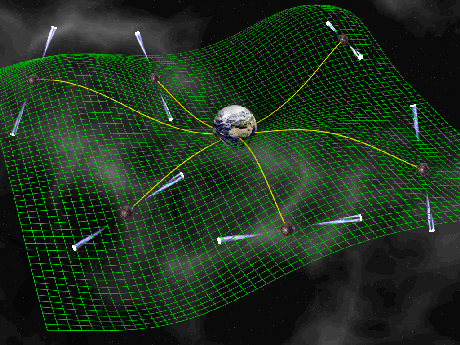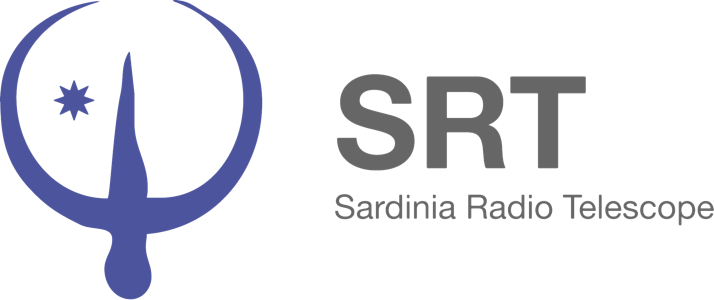Astronomers
EPTA
THE EUROPEAN PULSAR TIMING ARRAY
The European Pulsar Timing Array (EPTA) is a multinational European collaboration whose aim is to increase the precision and quality of pulsar science results by combining the efforts and resources of the various member institutions and telescopes.
The main focus of EPTA concerns the direct detection of the gravitational wave background from merging supermassive black holes using pulsars. Pulsars, in fact, emit radio waves that, unless altered, arrive at Earth like clockwork. If a gravitational wave is passing by, the stretching and squeezing of space-time affects the otherwise very precise times-of-arrival (ToA) of pulses from pulsars. Pulsar Timing Array experiments, in particular, search for a correlated variation in ToAs of the signals of an array of millisecond pulsars that have all encountered the same gravitational waves.
The EPTA observations are carried out with 5 of the largest radio telescopes in Europe: the Effelsberg Telescope (Germany), the Lovell telescope at Jodrell Bank Observatory (UK), the Nançay Radio Telescope (France), the Westerbork Synthesis Radio Telescope (Netherlands) and the Sardinia Radio Telescope (Italy).
 |
|
EPTA data have been collected monthly at the SRT since March 2014 as a part of the LEAP experiment. Further EPTA observations were obtained during the Early Science Programme at the SRT (project ID S0015). The figure represents the distorted space-time (green mesh) with a small array of pulsars monitored monthly by the EPTA (Image credit David Champion). For more information see the EPTA web site. |
